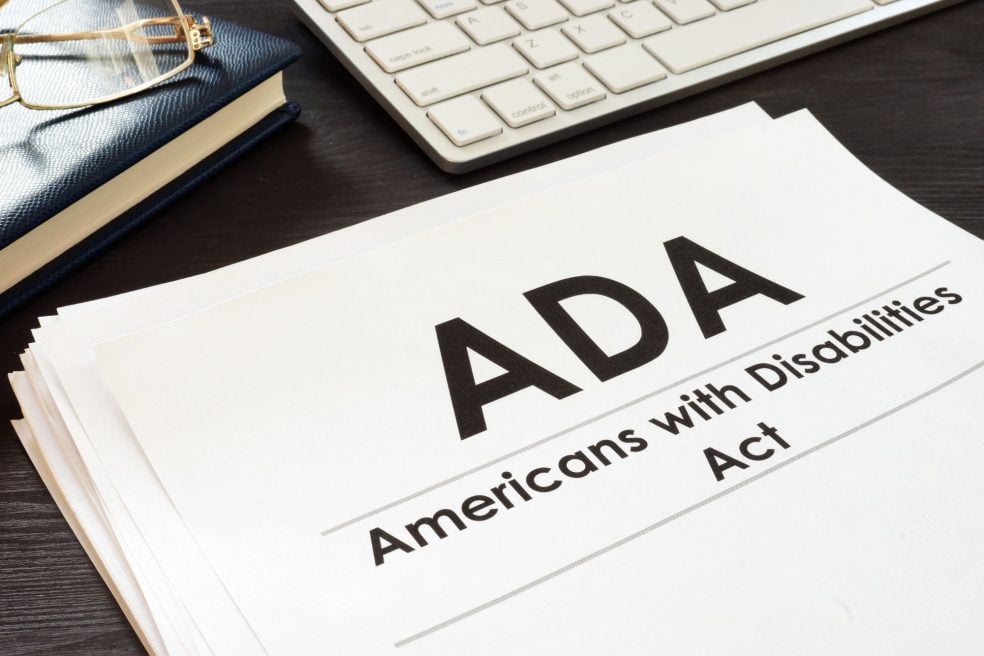
What Is ADA Compliant and What It Means for Your Website
Sometimes, it feels like the requirements for having a website are endless. You have to make sure all your security certificates are up to snuff, check that your host is giving you top-tier bandwidth, ensure that Skynet hasn’t co-opted your system to sue for the robot apocalypse…
Ok, so we’re kidding on that last part. But there’s an important step you may forget, and that’s making sure your website is ADA compliant. But now you end up wondering “What is ADA compliant?” and “How do I implement it on my site?”
Well, you’ve come to the right place. We’re here to break down why your website needs ADA compliance! So without further ado, let’s get started!
What is the ADA?
For those who don’t know, ADA stands for the Americans with Disabilities Act. Passed in 1990, the law bans discriminations of any kind against people with mental or physical disabilities in any public area, encompassing everything from schools to workplaces.
This sounds simple, but the law came to pass before the Internet had anywhere near the power it has today. As a result, there’s no specific legislature that talks about websites. However, failing to meet compliance with the ADA does leave you open to lawsuits, and the Supreme Court itself backed that in 2019 when they did not overturn the appealed verdict of a company found liable for discrimination on their website by a federal court.
What is ADA Compliant and What is Not?
There are several steps you must take to ensure your website is ADA compliant. While there are no formal rules, a general rule of thumb is to make sure you check off every requirement found in the Web Content Accessibility Guidelines (or WCAG). Some of the guidelines are as follows…
- Making sure the text on your site can be altered or converted into different forms (like enlarged text, Braille, or audio) to accommodate readers who would otherwise be incapable or have a difficult time reading the text on your site.
- Ensuring that your website can be accessed by multiple devices (like a keyboard) as opposed to a single one.
- Reduce flashing images or patterns on your site so as not to trigger seizures in those at risk.
- Make sure that you can disable or manipulate timed content to allow those with disabilities more or unlimited time.
- Keep everything on your website simple and compact without being too confusing.
Why Become ADA Compliant?
Besides dodging penalties and lawsuits hurled your way, making your website ADA compliant allows you to improve your SEO (since keeping your website compact and multi-format will cause more people to visit your site, boosting rankings). It also widens the potential audience you bring to your site since now you aren’t alienating those with disabilities.
A Bright Future Ahead
So now that you know what is ADA compliant and what is now, you’re ready to trick out your website to make it accessible for all! And should you need any help with web design along the way, contact us and let us know how we can help!